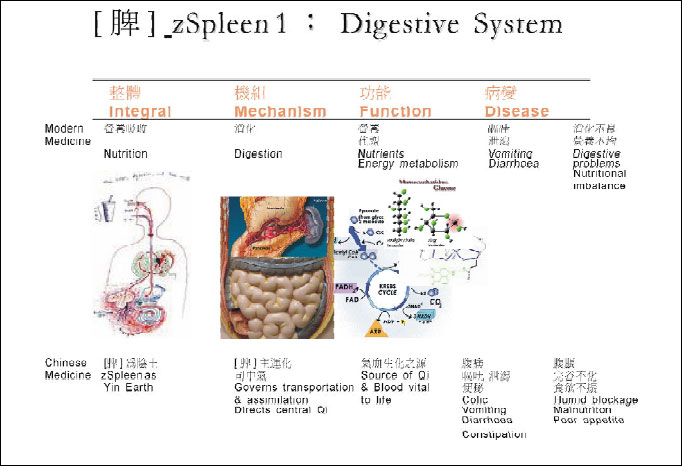
About Course
This paper describes the organs of Traditional Chinese Medicine on a platform that they can be understood by workers in scientific medicine. The Zang Spleen is discussed as the same anatomical organ but with added dimensions. Formalizing modern views from the Zangfu manifestation theory of Chinese medicine, it may embrace nutrient intake and processing functions, and immunological, lympho¬circulatory, vegetative and energy balance. The view coupling immunity and intestinal functions may have significant clinical significance in diagnosis and therapy including dermatitis.
